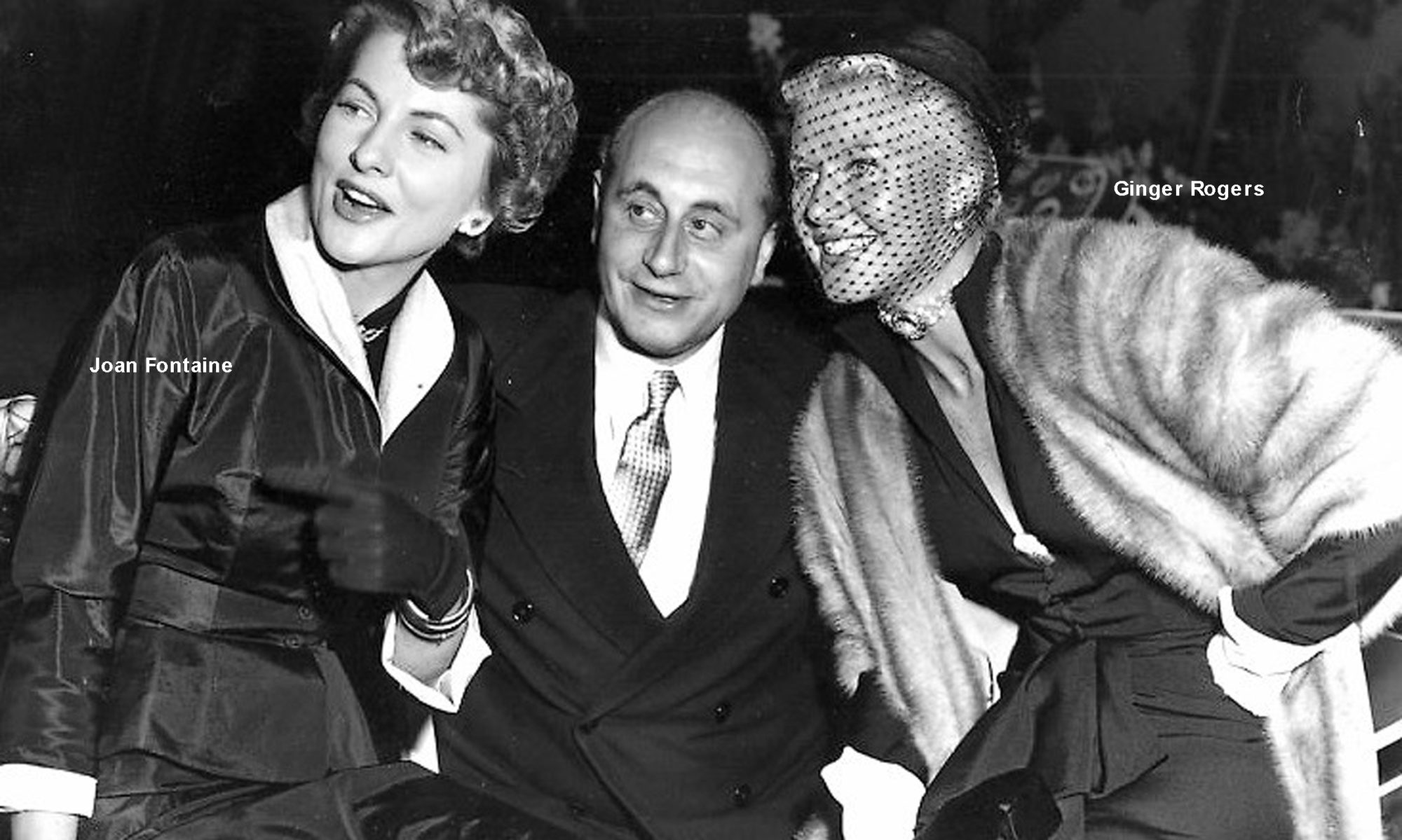

In 1939, a year after acquiring the Theatre Royal, the Savoy group of cinemas, situated in Dublin, Cork and Limerick, was added to the Elliman holdings. The Dublin Savoy had been built for Associated British Cinemas 10 years earlier, opening on November 29, 1929. This was the year in which sound and talking pictures were introduced to Irish audiences, with some two million people in the Irish Free State visiting the cinema each week.
Hailed as Ireland’s most luxurious ‘atmospheric’ cinema, the Savoy was given a restrained Beaux Arts façade, in accordance with the guidelines issued for the rebuilding of O’Connell Street. Inside, however, marble, bronze and glass combined to create a milieu that was ornate and lavish.
The wide, central entrance way, enhanced with bronze and glass, led into a spacious and majestic entrance hall, adorned with spiralling columns and potted palms. Broad marble staircases climbed left and right off the hallway to the balcony and restaurant floor, which was also accessed by an electric elevator. The balcony was supported by an imposing beam, which spanned over 100 feet and weighed more than 60 tons. The restaurant was magnificently decorated and lit, over 100 feet in length and large enough to seat almost 300 people. It served luncheon, tea and dinner in high style at reasonable prices.


It was the vast auditorium, however, that caused cinema-goers literally to gasp. Its walls were decorated to resemble an elaborate Moorish streetscape, its proscenium arch modelled on Venice’s Bridge of Sighs, and its safety curtain painted with images of the Doge’s Palace and the San Marco Canal. There were mock Venetian windows lining the walls, and a multitude of small lights set into the auditorium’s azure ceiling that gave patrons a sense of being seated outside at night beneath the stars. The impact of the building’s interior was enhanced by its use of indirect light from the surrounding cornices.

The Savoy’s luxurious furnishings in both its cinema (including its 2,789 large, comfortable seats) and its restaurant were supplied by J. M. Elliman & Sons, Ltd., a company created in 1919 by Maurice’s older brother Jacob, and now firmly established in the cinema and theatre furnishings business.
Like the Royal, the Savoy boasted a Compton organ, a feature found only in a few large Dublin cinema-palaces and one of only 261 theatre organs built by the John Compton Organ Company and installed in theatres, town halls and studios throughout the UK and beyond. It stood on an electric lift which could, within seconds, raise it to full view or lower it out of sight, and contributed greatly to the atmosphere of refinement which was the Savoy’s most prominent feature. Organist Gordon Spicer gave regular recitals before shows started and during the intervals.
In all, the cinema and its stage facilities had cost £200,000 of which £10,000 was spent on three Ross projectors, then the most up-to-date. It had been officially opened by William Thomas Cosgrave, first President of the Executive Council of the Irish Free State from 1922 to 1932, in the presence of leading members of the civil, military, state and public services, Alfie Byrne, Lord Mayor of Dublin, and prominent Dublin citizens. The proceeds of the Savoy Fanfare day were donated to the Society of St. Vincent de Paul, Ireland’s largest, voluntary, charitable organisation.

Ten years later, it was sold to the Elliman group. Of the countless films it screened under Elliman ownership over the years, nothing matched the popularity of the classic Gone With The Wind. Shown at the Savoy in 1942 and offering a few hours’ escape from the gloom of the war years, it sold a staggering 300,000 tickets in just eight weeks, with special excursions bringing in cinema-goers from all over the country. Performances for this and all Savoy films ran continuously from 2.30 p.m.
In 1945, the Savoy screened The Bells of St. Mary’s, an American drama and the year’s highest grossing movie in the US. It stared Bing Crosby and Ingrid Bergman as a priest and a nun trying save their school. Maurice and Louis welcomed to its Dublin premiere the President of Ireland and Mrs Sean O’Kelly, the Lord Mayor of Dublin, five cabinet ministers and several members of government, municipal and church bodies. Other guests included Maureen O’Hara’s mother Mrs. Fitzsimmons, the Spanish ambassador and his wife, Col. Jack Version from RKO Studios, and David E. Griffith from International Pictures.



Admission charged at 1/- from the Front Stalls, 2/- for the Back Stalls, 1/3d for the Back Balcony, 2/- for the Centre Balcony, and 3/- for the Dress Circle, noticeably higher than in most other cinemas.
The Savoy employed a legion of staff in its ticket booths, restaurant and confectionery stalls, as well as a hierarchy of ushers. Among them was Harry Kerins. He recalls:
I worked as an usher at the Savoy Cinema for many years. My work was interrupted in 1939 when I was recalled to service as a cavalry soldier in the British Army. I served in France with the British Expeditionary Force and was wounded on the beach at Dunkirk. Following my recovery, I returned to service and was sent to India and eventually to Burma [Myanmar] where I fought the Japanese invaders and was lost in the Burmese jungle for seven days. Eventually I was found by some of my comrades and was hospitalised again. Following my recovery, I was honourably discharged and returned home. My job at the Savoy was waiting for me and at the earliest opportunity I returned to work.

Click here to continue.
